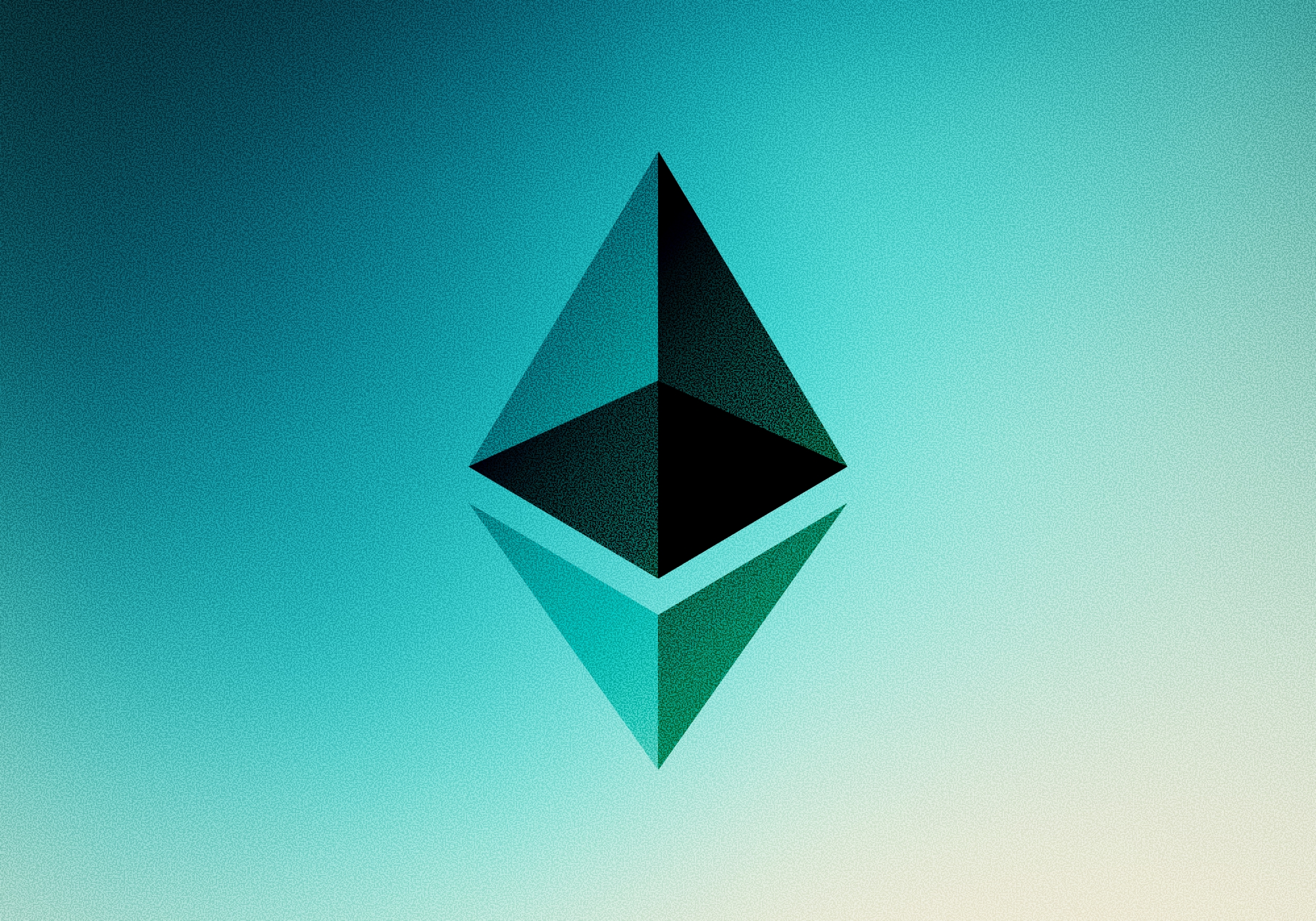Institutions are coming into crypto like never before. A decade has passed since Ethereum was released and while it may seem like forever to people who’ve been watching closely, financial institutions, credit card providers and payment processors are now all coming around to the idea of shifting the world’s economy on-chain.
Ethereum, however, is still far too slow and costly to meaningfully handle institutional investor demands. That’s why the Fusaka upgrade, expected to go live in early December, is a game changer. It promises to scale Ethereum in ways that Wall Street demands, both in speed upgrades and reduced transaction costs.
But Fusaka isn’t just another Ethereum upgrade; it’s the moment blockchain stops chasing scale and starts earning trust at scale. By introducing much faster ways to process and check data without compromising decentralization, Ethereum is proving that performance, governance, and verifiability can coexist.
What’s mostly kept the world’s largest banks and investors away from Ethereum is its cost and slow transaction speed (downtime is not an issue, Ethereum has never been offline). And we’re talking slow – Ethereum’s base layer processes about 15-20 transactions per second. Layer-2 projects like Base and Arbitum only get to 20-30 per second. Compare that to the Visa network, which averages 8,500 per second and can handle up to 65,000 per second if needed. Ethereum, historically, has simply been too slow for Wall Street.
Then there’s the cost. When the Ethereum network gets busy, gas fees rise, meaning transaction costs spike. Variable transaction costs for banks, brokers and hedge funds are a non-starter. We’ve all been here, when all you want is to move a small amount of ETH from point A to point B, and you can’t get your initial trade through because you didn’t offer enough in gas rewards. So you amp it up and soon the price to move the ETH is almost as much as the balance of what you’re moving.
Fusaka’s promise
Thankfully, Fusaka promises to make the second-most valuable blockchain orders of magnitude faster and cheaper. Let’s get into some of the details to be clear about why this is a watershed moment.
First up, block gas limits will increase to 150 million from 45 million, meaning simply more transactions per block, as well as more complex transactions, can be processed, speeding everything up. That’s a tripling of Ethereum’s capacity in one go. It’s like adding two freeways for every existing freeway in Los Angeles, which would possibly, but not definitely, kill traffic.
Next we get to the acronyms, because you can’t have crypto without acronyms. Fusaka will change how data is checked by the network of computers that make up Ethereum. Going forward, it will be done in small samples from different sources rather than by downloading an entire blob of data – which, funny enough, are really known as blobs. This is known as Peer Data Availability Sampling, or PeerDAS, and like the block gas increase will make the network much faster. It’s akin to random sampling for quality control rather than inspecting every product individually.
Verkle trees
Now if you know anything about Vitalik Buterin, the inventor of Ethereum, you know how his love of Merkle trees is nearly boundless. The cryptographic standard is essential to how Ethereum operates, as well as all other blockchains, yet Merkle trees can be an impediment to proving transactions are valid on a busy blockchain. In very simplified terms, Ethereum’s current version has a Merkle tree value of 2. Fusaka proposes to switch to Verkle trees, a vastly more efficient way to process proofs in-network. Verkle trees, for example, will have a value of 256 compared to that measly 2 on Ethereum now. Data will be more compact and thus easier and faster to inspect, helping Ethereum to scale. This may be Vitalik’s favorite single piece of upgrade tech to date.
As a simple exercise, imagine if Ethereum had to process Visa’s transaction load today. It would instantly collapse. But post-Fusaka it could actually handle that scale through its Layer-2 networks. As VItalik himself said recently, “the Fusaka hard fork aims to increase the amount of data space available to L2 data by 10x,” which will let Ethereum scale through others instead of doing everything itself. That’s pretty cool.
Not everything detailed here will be easy. The block gas limit, for example, will require validators to upgrade their hardware if they want to stay competitive for the ETH rewards that come with keeping the network secure. And again, if you’ve been around a while, you’ve heard it before: this Ethereum upgrade is gonna be the one to finally take it to the masses. There has been some overhype, no doubt. But this time, Ethereum is entering a new era where it can actually handle global, institutional-scale use without choking on gas fees or congestion. Basically, Ethereum is growing up and becoming real infrastructure.
Decentralization maintained
And all of this is done while maintaining Ethereum’s decentralization, a key feature in the blockchain’s security. It sounds risky, but here’s the trick: sampling works because it’s random, redundant, and distributed.
Randomized sampling means no one (not even malicious actors) can predict which pieces of the blob will be requested for verification. Trying to hide bad data would be like cheating on a test without knowing which 10 out of 10,000 questions will be graded. Multiple nodes perform independent checks; each node samples different parts of the blob. If even one part of the blob is missing or corrupted, it’s highly likely that someone will catch it.
Cryptographic commitments (e.g. KZG proofs) are used to ensure the blob is what it claims to be. The data publisher commits to a specific blob hash in the block. If any part is missing, the commitment fails. The process is mathematically modeled to detect missing data with near certainty (typically >99.9999%), similar to how zero-knowledge proofs or statistical audits can deliver strong guarantees without checking everything.
Think of it like a multi-auditor spot check with tamper-proof receipts. Imagine an investment bank has 100,000 transactions a day. Instead of auditing every one, you have 1,000 independent auditors each randomly sampling 10 transactions — and the data is cryptographically locked so it can’t be altered. If even one auditor finds a mismatch, you know the books aren’t clean.
PeerDAS brings the same level of probabilistic security, just optimized for the decentralized web, enabling massive scale without overwhelming the network.
With TradFi starting to move in, Fusaka feels like a pivotal moment for institutional adoption. The signs of this are everywhere, none more so than the recent news that SWIFT, the inter-bank messaging system that’s part of the backbone of global finance, will be implementing a blockchain into its network. Which blockchain? Ethereum, or at least a version of it (the details here are still to be determined, though SWIFT is working with ConsenSys, the Ethereum incubator created by Ethereum co-founder Joe Lubin.)
While on the surface, Fusaka is deeply technical, the outcome is simple: a network ready for institutional-grade volume. If SWIFT’s blockchain shift brings trust from the top down, Fusaka reinforces it from the protocol up.


